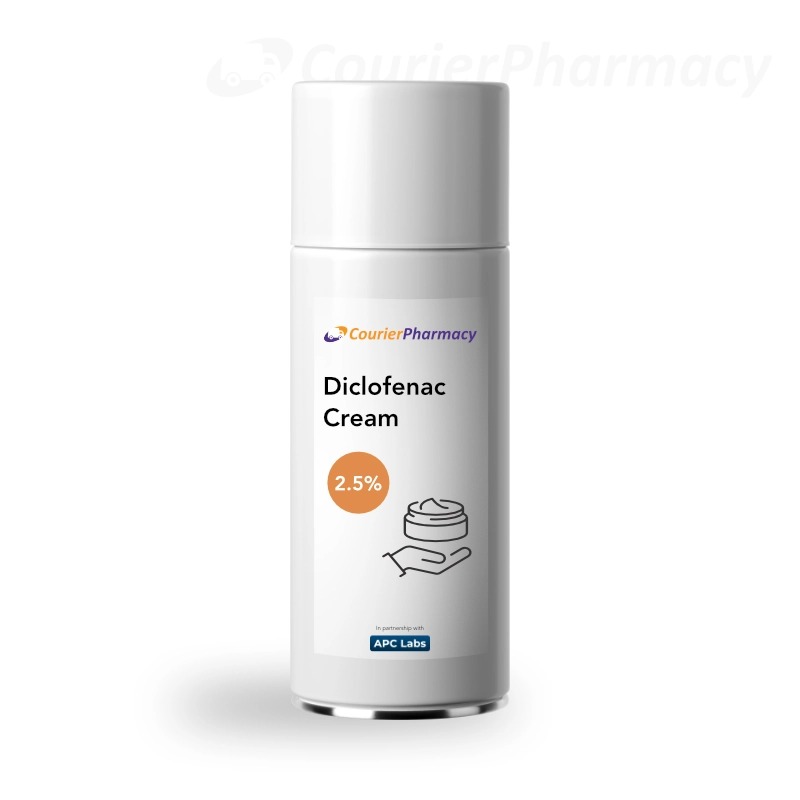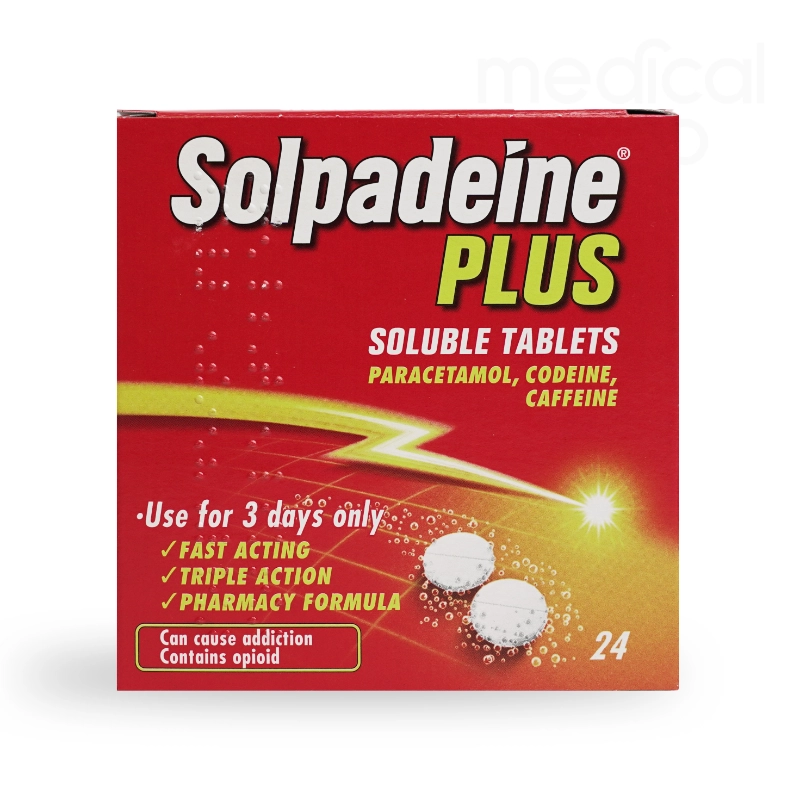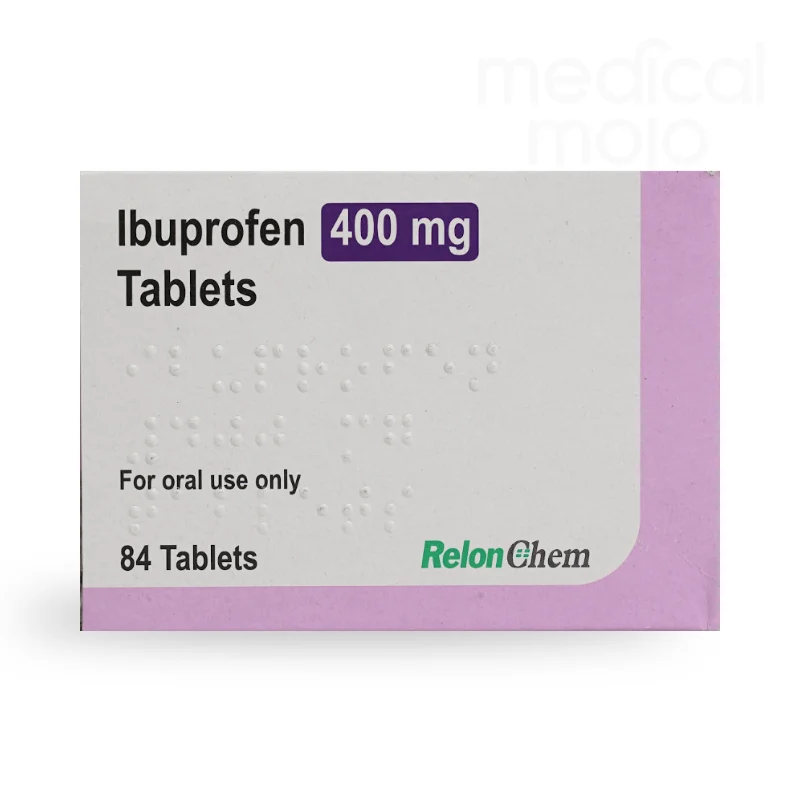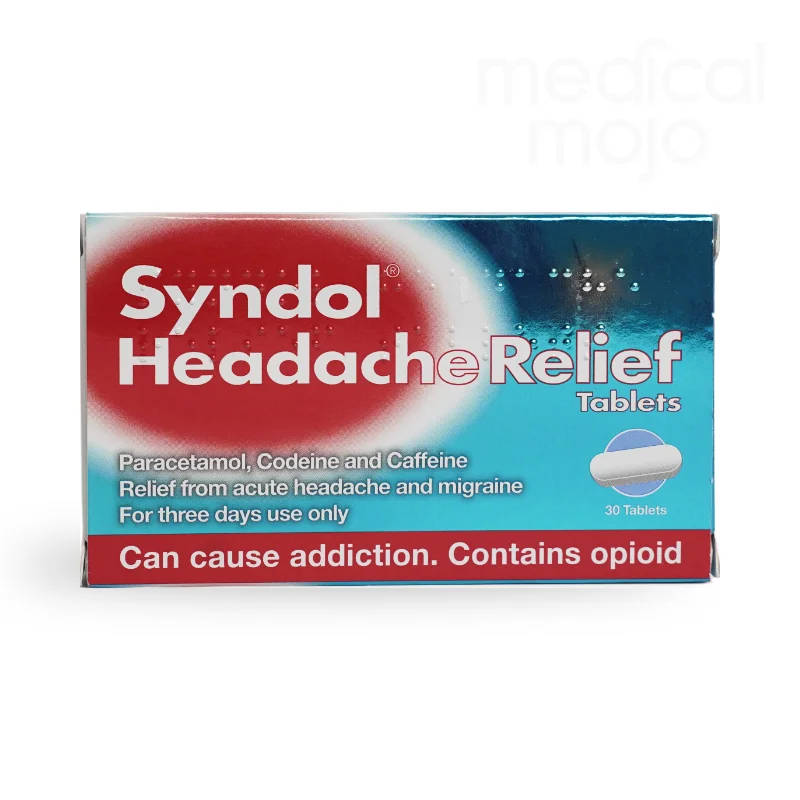What is Diclofenac 2.5% cream?
Compounded Diclofenac 2.5% cream is a specially prepared topical medication designed to provide effective, localised relief from pain and inflammation. As a nonsteroidal anti-inflammatory drug (NSAID), this cream is precisely formulated to target conditions such as osteoarthritis, tendonitis, and minor muscle injuries.
By focusing treatment directly on the affected area, Diclofenac 2.5% cream helps reduce inflammation and ease discomfort without the systemic side effects that are often associated with oral NSAIDs. Its fast-absorbing, non-greasy formula ensures convenience and ease of application, making it a practical choice for reliable pain management.
This compounded cream offers a higher strength than many standard topical diclofenac products, such as the commonly available 2.32% formulations, and is available with a prescription.
At courierpharmacy.co.uk, we are committed to providing high-quality, customised treatments like Diclofenac 2.5% cream, ensuring precision, effectiveness, and a focus on meeting your unique healthcare needs.
What is the active ingredient in Diclofenac 2.5% cream?
The active ingredient in compounded Diclofenac 2.5% cream is diclofenac sodium. Each 100g of the cream contains 2.5g of diclofenac sodium, offering a precisely formulated solution for targeted pain and inflammation relief. This active ingredient is a nonsteroidal anti-inflammatory drug (NSAID) that works by reducing the chemicals in the body responsible for pain and swelling, making it an effective choice for managing various joint and muscle conditions.
What is Diclofenac 2.5% cream used for?
Compounded Diclofenac 2.5% cream is a topical anti-inflammatory medication specifically designed to relieve pain and reduce inflammation in targeted areas of the body. It contains a higher concentration of diclofenac compared to standard prescription creams, which are typically limited to 2.32%.
This cream is particularly effective for managing:
- Osteoarthritis: Relieves joint pain and stiffness, especially in areas such as the knees, hands, and shoulders.
- Muscle strains and sprains: Provides targeted relief for minor injuries resulting from physical activity or overuse.
- Tendonitis: Reduces swelling and discomfort in tendons, making it a great option for sports-related injuries.
- Localised pain: Treats pain in specific areas without impacting the rest of the body.
Compounded Diclofenac 2.5% cream is carefully formulated to provide a tailored solution for those seeking effective, localised pain management. When applied directly to the affected area, it delivers fast-acting relief without the systemic side effects often associated with oral anti-inflammatory medications.
At courierpharmacy.co.uk, we prioritise precision and quality, ensuring our compounded treatments meet your unique needs.
How does Diclofenac 2.5% cream work?
Diclofenac 2.5% cream is a topical anti-inflammatory treatment designed to address pain and inflammation directly at the source. Its active ingredient, diclofenac sodium, is part of the nonsteroidal anti-inflammatory drug (NSAID) family, known for its effectiveness in relieving discomfort. Here's how it works:
-
Reduces inflammation: Diclofenac sodium blocks the production of prostaglandins, the chemicals in the body responsible for causing inflammation, swelling, and pain. By inhibiting these chemicals, the cream helps to reduce discomfort and restore mobility in the affected area.
-
Targeted relief: Unlike oral medications, Diclofenac 2.5% cream is applied directly to the area experiencing pain or inflammation. This allows the active ingredient to penetrate the skin and work directly on the affected tissues, providing precise relief where it’s needed most.
-
Minimises side effects: As a topical treatment, the cream delivers the active ingredient locally, reducing the amount absorbed into the bloodstream. This helps to minimise the risk of systemic side effects, such as stomach irritation or gastrointestinal discomfort, which are more common with oral NSAIDs.
-
Rapid absorption: The cream's fast-absorbing, non-greasy formula ensures that the active ingredient quickly reaches the inflamed tissues, offering prompt and effective relief.
Whether you’re dealing with osteoarthritis, tendonitis, or minor muscle injuries, Diclofenac 2.5% cream provides a convenient and targeted solution to help reduce pain and inflammation, allowing you to move more comfortably.
How to use Diclofenac 2.5% cream
To ensure you get the best results from Diclofenac 2.5% cream, follow these steps for safe and effective application:
-
Prepare the area
Before applying the cream, make sure the affected area is clean and completely dry. This helps the cream absorb properly and ensures maximum effectiveness.
-
Apply a thin layer
Dispense a small amount of the cream and gently spread a thin, even layer over the area experiencing pain or inflammation. Use only the amount recommended by your doctor or pharmacist.
-
Massage into the skin
Rub the cream into the skin using soft, circular motions until it is fully absorbed. This ensures the active ingredient penetrates the skin to target the affected tissues.
-
Wash your hands
After applying the cream, wash your hands thoroughly unless you are treating your hands. This prevents accidental contact with sensitive areas such as your eyes, mouth, or nose.
-
Follow the recommended frequency
Use the cream 2-4 times a day, or as directed by your healthcare provider. Stick to the prescribed dosage and avoid applying more than recommended.
-
Avoid certain areas
Do not apply the cream to broken, irritated, or infected skin. Keep it away from your eyes, mouth, and other sensitive areas to prevent irritation.
If you have any questions about using Diclofenac 2.5% cream or need further advice, please contact us for personalised guidance.
Who should not use Diclofenac 2.5% cream?
While Diclofenac 2.5% cream is an effective treatment for pain and inflammation, it may not be suitable for everyone. Avoid using this cream if any of the following apply to you:
-
Allergic to Diclofenac or NSAIDs
If you are allergic to diclofenac, aspirin, or other nonsteroidal anti-inflammatory drugs (NSAIDs), you should not use this product.
-
History of severe allergic reactions
Do not use this cream if you have experienced severe skin reactions, hives, or breathing difficulties (e.g., asthma) after taking NSAIDs.
-
Broken or irritated skin
Avoid applying the cream to areas of broken, infected, or irritated skin, as it may worsen the condition or cause further irritation.
-
Pregnant or breastfeeding
Consult your healthcare provider before using Diclofenac 2.5% cream if you are pregnant, planning to become pregnant, or breastfeeding. NSAIDs may pose risks during certain stages of pregnancy or while nursing.
-
Children under 14 years
This cream is not recommended for children under 14 years of age unless specifically prescribed by a healthcare provider.
-
Existing health conditions
Speak to your doctor before using the cream if you have:
- A history of stomach ulcers or gastrointestinal bleeding.
- Severe liver or kidney problems.
- Heart-related conditions or high blood pressure.
-
Using other medications
Avoid using Diclofenac 2.5% cream if you are already taking:
- Other NSAIDs (e.g., ibuprofen or aspirin).
- Blood thinners (e.g., warfarin or heparin).
- Medications that may interact with diclofenac.
Important advice
If you’re unsure whether Diclofenac 2.5% cream is suitable for you, please contact us for personalised guidance.
What are the side effects of Diclofenac 2.5% cream?
Diclofenac 2.5% cream is generally well-tolerated when used as directed, but like any medication, it may cause side effects in some individuals. Here’s what to be aware of:
Common side effects
These are typically mild and often resolve on their own:
- Skin irritation, redness, or itching at the application site.
- Dry or flaky skin where the cream is applied.
Less common side effects
If you notice these, stop using the cream and consult your doctor:
- Rash or hives (urticaria).
- Burning or stinging sensation on the skin.
- Increased sensitivity to sunlight (photosensitivity), which may result in sunburn or irritation.
Rare side effects
These are uncommon but may require medical attention:
- Breathing difficulties, especially if you have asthma or a history of asthma.
- Swelling (angioedema) or severe allergic reactions.
- Stomach issues, such as nausea or indigestion, if the cream is used in large amounts over a prolonged period.
Important notes
- Do not use Diclofenac 2.5% cream if you are allergic to diclofenac, aspirin, or other NSAIDs.
- Avoid applying the cream to broken, infected, or irritated skin.
- If you develop a rash or any unusual skin reaction, discontinue use immediately and consult a healthcare professional.
Reducing the risk of side effects
- Use the cream exactly as prescribed by your doctor or pharmacist.
- Apply only the recommended amount to the affected area.
- Wash your hands thoroughly after application unless treating your hands.
- Minimise sun exposure and apply sunscreen while using the cream.
If you have concerns about potential side effects or experience anything unusual, contact your doctor or pharmacist for personalised advice.
Which medicines interact with Diclofenac 2.5% cream?
Although Diclofenac 2.5% cream is applied topically, it can still interact with certain medications, particularly if used in large amounts or over an extended period. Below are some medicines that may interact with diclofenac:
-
Other NSAIDs (Non-Steroidal Anti-Inflammatory Drugs)
Using Diclofenac 2.5% cream with other NSAIDs, such as ibuprofen or aspirin, may increase the risk of side effects like stomach irritation, ulcers, or bleeding.
-
Anticoagulants (Blood thinners)
Medications like warfarin, heparin, or apixaban can heighten the risk of bleeding when combined with diclofenac.
-
Corticosteroids
Combining corticosteroids (e.g., prednisolone) with diclofenac may increase the likelihood of gastrointestinal issues, such as ulcers or bleeding.
-
Antihypertensive medicines (Blood pressure medications)
Diclofenac may reduce the effectiveness of blood pressure-lowering medicines, including ACE inhibitors (e.g., ramipril), beta-blockers (e.g., atenolol), and diuretics (e.g., furosemide).
-
Lithium or methotrexate
Diclofenac can raise the levels of lithium or methotrexate in the blood, potentially increasing the risk of side effects from these medications.
-
Antidiabetic medications
Diclofenac may influence blood sugar levels, so individuals taking insulin or oral diabetes medicines like metformin may require closer monitoring.
-
Ciclosporin or tacrolimus
These immune-suppressing drugs may increase the risk of kidney problems when used alongside diclofenac.
-
SSRIs (Selective Serotonin Reuptake Inhibitors)
Antidepressants like fluoxetine, sertraline, or citalopram may increase the risk of bleeding when combined with diclofenac.
Important advice
- Inform your doctor or pharmacist about all medications you are taking before starting Diclofenac 2.5% cream.
- Avoid applying other topical products, such as creams or gels, to the same area unless advised by a healthcare professional.
- If you’re unsure about potential interactions, consult your doctor or pharmacist for personalised guidance.
By being mindful of these interactions, you can use Diclofenac 2.5% cream safely and effectively as part of your treatment plan.
Diclofenac 2.5% cream FAQs
1. What does it mean that Diclofenac 2.5% cream is compounded?
Compounded Diclofenac 2.5% cream is a custom-prepared medication made in a pharmacy to meet specific patient needs. Unlike standard pre-made products, it is tailored to provide a precise strength (2.5%) or formulation that may not be commercially available.
2. Why is Diclofenac 2.5% cream compounded when 2.32% is available on prescription?
The 2.5% strength offers a slightly higher concentration than the standard 2.32%. It is often recommended for patients who need a stronger dose to manage pain and inflammation when standard options are not effective enough.
3. How do I know if I need compounded Diclofenac 2.5% cream?
If prescription-strength diclofenac creams, such as the 2.32% formulation, have not provided sufficient relief, your doctor may suggest Diclofenac 2.5% cream. Its higher strength is designed for individuals requiring more effective pain and inflammation management.
4. What are the benefits of using compounded Diclofenac 2.5% cream?
- Provides a stronger, tailored strength (2.5%) for enhanced relief.
- Can include specific ingredients to suit individual needs, such as avoiding allergens.
- Offers an alternative for patients who don’t respond well to standard formulations.
5. Is compounded Diclofenac 2.5% cream safe?
Yes, when prepared by a licensed pharmacy, compounded medications like Diclofenac 2.5% cream adhere to strict safety and quality standards. At courierpharmacy.co.uk, our compounding team is trained to ensure every product is effective and safe for use.
6. How is compounded Diclofenac 2.5% cream different from over-the-counter gels?
Over-the-counter gels, such as Voltarol, typically contain lower concentrations of diclofenac (e.g., 1.16%). Compounded Diclofenac 2.5% cream is a prescription-strength treatment, offering a higher dosage for more targeted and effective relief.
7. Can I get compounded Diclofenac 2.5% cream without a prescription?
No, this cream requires a prescription from a healthcare professional. However, at courierpharmacy.co.uk, you can complete an online health questionnaire to determine if this treatment is suitable for you.
8. What is Diclofenac 2.5% cream used for?
It is used to relieve pain and reduce inflammation in conditions such as:
- Osteoarthritis
- Muscle strains and sprains
- Tendonitis
- Other localised joint or muscle issues
9. How does Diclofenac 2.5% cream work?
Diclofenac, a nonsteroidal anti-inflammatory drug (NSAID), works by blocking the production of chemicals in the body that cause pain and inflammation. When applied to the skin, it provides localised relief without the systemic side effects of oral medications.
10. How do I use Diclofenac 2.5% cream?
Apply a thin layer to the affected area 2-4 times daily, as directed by your doctor or pharmacist. Gently massage it into the skin until fully absorbed. Wash your hands after applying unless treating your hands.
11. Who should not use Diclofenac 2.5% cream?
Avoid using this cream if:
- You are allergic to diclofenac, aspirin, or other NSAIDs.
- You are pregnant, especially during the last three months.
- You are under 14 years old.
- You have asthma or allergies triggered by NSAIDs.
12. What are the side effects of Diclofenac 2.5% cream?
Common side effects include mild skin irritation, redness, or dryness at the application site. Rarely, it may cause rashes, increased sensitivity to sunlight, or breathing difficulties in people with asthma. Stop use and consult your doctor if side effects occur.
13. Can Diclofenac 2.5% cream be used with other medications?
Exercise caution when using this cream with:
- Other NSAIDs
- Blood thinners
- Medications for high blood pressure
Always inform your doctor about all medications you are taking to avoid potential interactions.
14. Can I use Diclofenac 2.5% cream during pregnancy or breastfeeding?
Diclofenac 2.5% cream should not be used during the last three months of pregnancy. If you are pregnant, planning to become pregnant, or breastfeeding, consult your doctor before using this cream.
15. Can I use Diclofenac 2.5% cream on broken skin?
No, only apply the cream to healthy, intact skin. Avoid using it on cuts, wounds, or infected areas, as it may cause irritation or worsen the condition.
16. Can I use Diclofenac 2.5% cream with a bandage?
Yes, you can use the cream with normal, breathable bandages. However, do not use it with airtight or waterproof dressings, as this may increase the risk of side effects.
17. What should I do if I experience a skin reaction or rash?
If you develop a rash, redness, or any unusual skin reaction after applying the cream, stop using it immediately and consult your doctor or pharmacist for advice.
For high-quality compounded treatments like Diclofenac 2.5% cream, visit courierpharmacy.co.uk, where your health and satisfaction are our priority.









